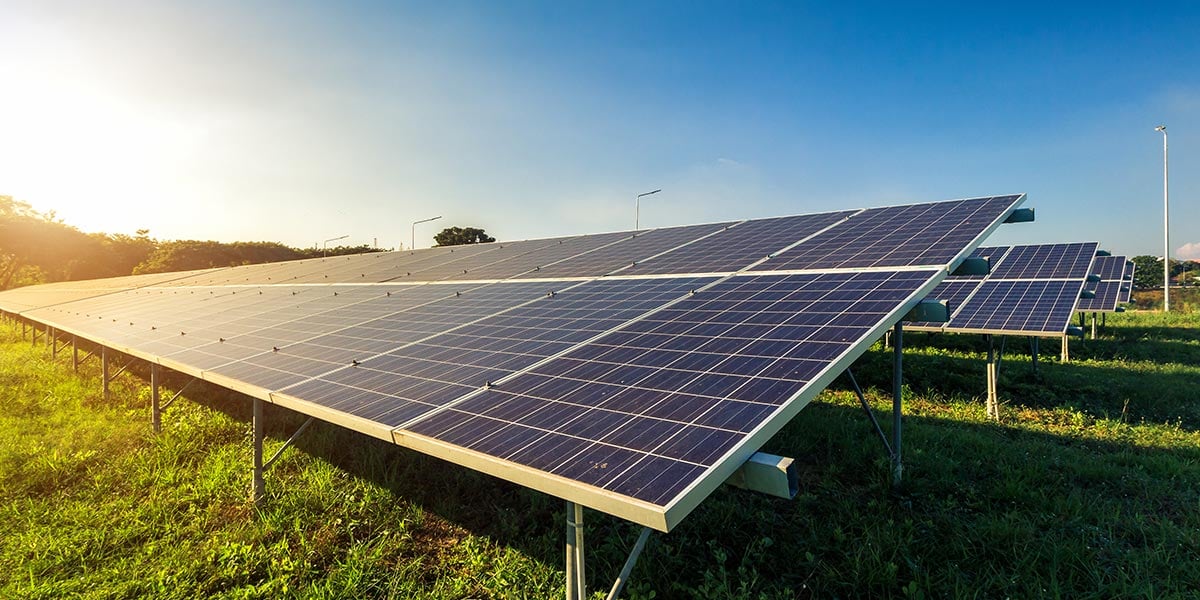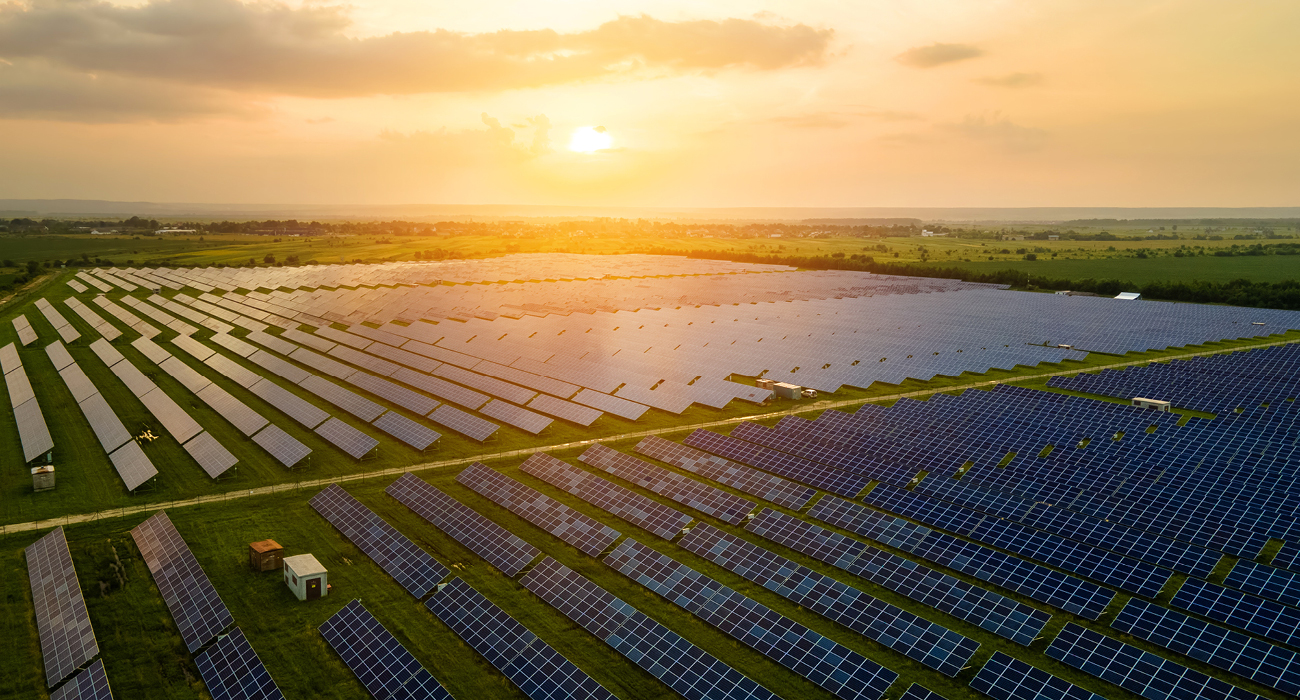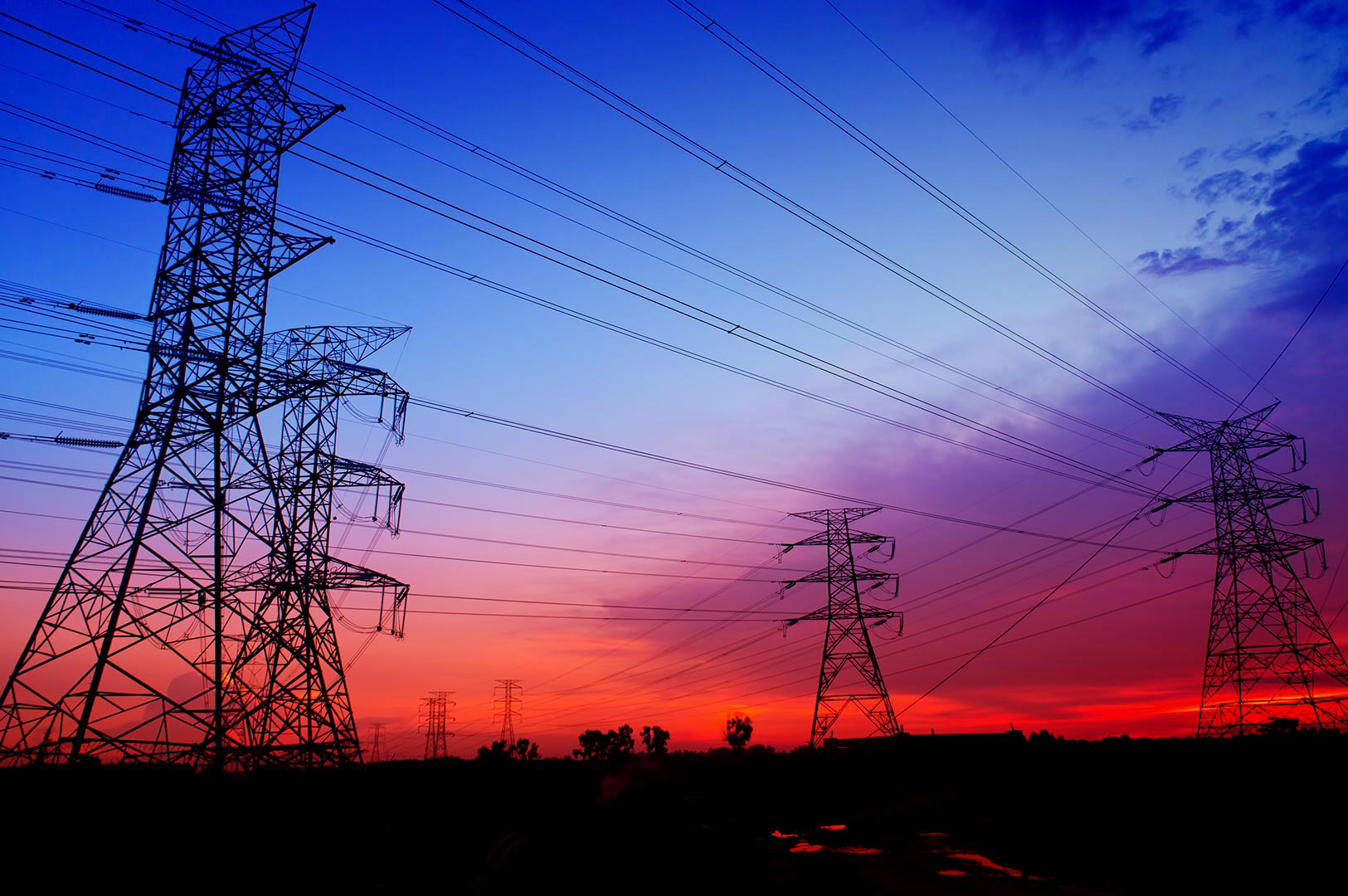With energy costs so high, many more businesses are looking at on-site solar as a route to secure free, self-generated power.
And while the once-held myth that you can only generate power on sunny days is beginning to wane (you just need daylight to make energy), it is true that solar photovoltaic (PV) does not provide a consistent reliable source of energy.
Unless you also invest in battery storage, you must use the power generated in real-time.
However, a new technological breakthrough by scientists at Chalmers University of Technology in Gothenberg, Sweden, is enabling solar energy to be stored long term – and released as electricity when needed.
A radical new way of generating electricity
“This is a radically new way of generating electricity from solar energy. It means that we can use solar energy to produce electricity regardless of weather, time of day, season, or geographical location,” explains lead researcher Kasper Moth-Poulsen, Professor of Chemistry and Chemical Engineering at Chalmers.
Although this is unlikely to become commercially viable for some years, if and when it does, it will be a game changer for businesses – and indeed any consumer of electricity – who want to count on a reliable, carbon-free source of power source 24/7.
Already, advances in solar PV technology mean electricity can be generated on dull, cloudy days. And night solar panels now exist to generate during the hours of darkness.
But sunny summer days still generate the most power. So, finding a way to store that power to utilise when demand is high – for example in the middle of a cold, dark winter – is highly desirable.
Shape-shifting isomers
Using technology they developed called MOST – or Molecular Solar Thermal – the Chalmers University team is able to store energy in a specially-designed molecule of carbon, hydrogen, and nitrogen, which shape-shifts into an energy-rich isomer when it comes into contact with sunlight.
This isomer can then be stored in liquid form until needed for up to 18 years. It can even be transported from one location to another. A catalyst can then release the saved energy as heat.
And now, in partnership with researchers at Shanghai Jiao Tong University, this heat can be converted into electricity using a micro-generator located in an ultra-thin chip. The storage molecule can then be returned to its original shape, ready to be used again.
In-built storage for solar, batteries, and electronics
This micro-generator could potentially replace batteries and solar cells, providing in-built energy storage. As the technology is already smaller than the size of a thumbnail, it also has the potential to be integrated into electronics such as headphones, smartwatches, and telephones.
“Together with the various research groups included in the project, we are now working to streamline the system,” says Moth-Poulsen. “The amount of electricity or heat it can extract needs to be increased.”
For more information about how solar PV can help your business reduce energy costs now – with or without existing storage technologies – please contact your Client Lead or Account Manager (existing customers). Or get in touch with our team.



/npm214%20Digital_H_UB88.jpg)
/npm214%20Digital_H_UB102.jpg)
/npm214%20Digital_H_UB108.jpg)
/npm214%20Digital_H_UB86.jpg)

/npm214%20Digital_H_UB51.jpg)


